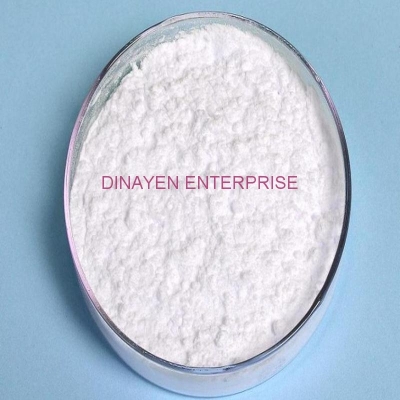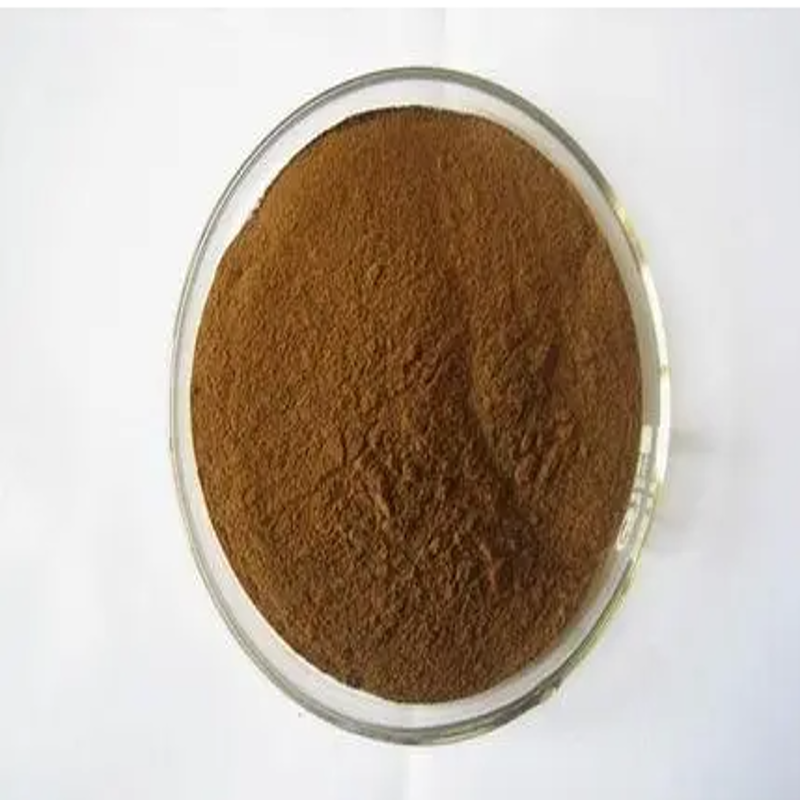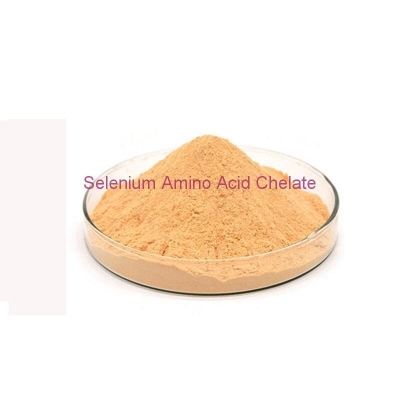-
Categories
-
Pharmaceutical Intermediates
-
Active Pharmaceutical Ingredients
-
Food Additives
- Industrial Coatings
- Agrochemicals
- Dyes and Pigments
- Surfactant
- Flavors and Fragrances
- Chemical Reagents
- Catalyst and Auxiliary
- Natural Products
- Inorganic Chemistry
-
Organic Chemistry
-
Biochemical Engineering
- Analytical Chemistry
- Cosmetic Ingredient
-
Pharmaceutical Intermediates
Promotion
ECHEMI Mall
Wholesale
Weekly Price
Exhibition
News
-
Trade Service
The spread of 3 kinds of red wine drops on napkins
.
The diffusion of 3 kinds of red wine on napkins (left) and the color change after dripping alkaline water (right) 3 brand red wines used in the experiment
Many people love red wine, and the “worth” of different types of red wine varies greatly, ranging from tens of thousands of yuan to less than ten yuan
.
But the authenticity of cheap red wine has also puzzled many citizens
.
Recently, a piece of news that "many red wines are fake, teach you a trick to deal with real and fake red wines" said that adding alkaline water to red wine, if the red wine turns dark blue, then it is real red wine; if there is no response, then Red wine is fake
.
Is it true that many red wines are fake? Is this detection method reliable? Yesterday, a reporter from the Beijing News bought 3 samples of red wine through supermarkets, small shops, general markets and other channels, with prices ranging from 13 yuan to 45 yuan
.
In the experiment, 3 drops of the three red wine samples were taken and dropped on a napkin, and then alkaline water was added to observe the color change
.
The experimental results showed that on the napkins where the three red wine samples were located, the red wines all turned blue-green with different shades of color
.
Zhu Yi, associate professor of the School of Food Science and Nutritional Engineering of China Agricultural University, said that this detection method has a certain basis, because red wine contains anthocyanins, which turn red when exposed to acid and blue-green when exposed to alkali
.
But in fact, the cost of red wine is very low.
It is not cheap red wine or fake wine
.
At the same time, the current blending process of fake wine is also very complicated, and the true and false can not be detected with alkaline water, so this detection method is not accurate
.
It is difficult to distinguish the true from the false, the key is to see how it is produced
.
■ Experimental samples: Three brands of red wine were purchased from Jingkelong Supermarket, Small Tobacco and Liquor Store, and Comprehensive Market, and the prices were 13 yuan, 20 yuan, and 45 yuan
.
A 200g bag of edible soda noodles was purchased from Jingkelong Supermarket
.
Experiment 1 The 3 kinds of sample dripping paper towels all have the smudging experiment process: from the three bottles of red wine samples, take about 50ml and pour into the wine glass for use
.
And prepare 3 napkins
.
Afterwards, take about 3 drops of red wine and drop them on a flat white napkin, and observe the diffusion of the red wine liquid on the napkin
.
Experimental results: After the red wine was dropped on the napkin, the three red wine samples spread significantly on the white napkin
.
Among them, the 45 yuan red wine sample spreads relatively evenly on the napkin, with a pink color in the middle, and a circle of transparent water marks with a diameter of about 4 mm on the periphery; the 20 yuan red wine sample is light orange-red on the napkin, and the middle color is obviously darker than the periphery.
There is a circle of transparent water marks with a diameter of about 7 mm on the periphery; the 13 yuan red wine sample is a very light pink on the napkin, the color is slightly darker in the middle, and there is a circle of transparent water marks with a diameter of about 1 cm on the periphery
.
Experimental analysis: There are rumors that: "Red wine drops on a napkin and spreads evenly to be real wine
.
That's because the fake red wine pigment particles are large and will settle in the middle of the tissue, and only water stains spread out
.
" The results of this experiment show that , The three red wine samples have obvious transparent water spread on the napkins
.
Experiment 2 Red wine samples and alkaline water all turned into blue-green Experimental process: From three bottles of red wine samples, take about 50ml and pour them into wine glasses for use
.
And prepare another 3 napkins
.
Put 20g of alkaline noodles into a measuring cup, add a little water, and stir to form alkaline water
.
First put 3 kinds of red wine samples, and drop about 3 drops on the napkin respectively
.
Then drop 3 drops of alkaline water on the napkin that has been dripped with red wine one by one, and observe the color change
.
Experimental results: After 3 seconds, the red wine on the three white napkins all changed, showing different shades of color
.
Among them, the color of the 45-yuan red wine sample after adding alkaline water was blue-green; while the other two red wine samples were lighter grass green after adding alkaline water
.
Experimental analysis: There are rumors that: "Add alkaline water to red wine.
If the red wine turns dark blue, then it is real red wine; if there is no reaction, then the red wine is fake
.
" The results of this experiment show that three kinds of red wine are on a napkin.
After dripping alkaline water on the top, all turned blue-green or green
.
The expert the discoloration of red wine when it encounters alkali comes from the method of anthocyanins for detecting the authenticity of red wine with alkaline water.
Zhu Yi, associate professor of the School of Food Science and Nutrition Engineering, China Agricultural University, introduced that this detection method has a certain basis, because red wine contains anthocyanins.
The anthocyanin turns red when it meets acid, and turns blue-purple or blue-green when it meets alkali
.
However, this detection method belongs to the DIY "earth method", and the detection results cannot be guaranteed to be accurate
.
At the same time, the current blending process of fake wine is also very complicated, and the true and false can not be detected with alkaline water, so this detection method is not accurate
.
Zhu Yi said that it is difficult to distinguish the true from the false.
The key lies in where to buy and how to produce it
.
Cheap red wine is not necessarily fake wine.
Zhu Yi said that in fact, the cost of red wine is very low, and it is not cheap red wine that is fake wine
.
For example, in Europe, you may be able to buy red wine for 1 euro, while red wine for about 10 euros may be of very good quality
.
However, in recent years, domestic red wine prices have been "fired up" more and more.
Therefore, behind the high-priced red wines, there is the possibility of artificially increasing the "value" of red wine
.
In other words, cheap red wines worth tens or tens of yuan may also be real wines.
.
However, there are still many red wine manufacturers on the market that blend red wine with pigments, which is not good for health
.
Zhu Yi suggested that the best way to buy red wine is to look at the brand and label
.
You can choose some well-known brands of red wine, and carefully check whether there are pigments in the raw materials on the label, so as to avoid buying blended fake wines
.
In addition, there is no need to buy red wine that is too expensive
.
.
But the authenticity of cheap red wine has also puzzled many citizens
.
Recently, a piece of news that "many red wines are fake, teach you a trick to deal with real and fake red wines" said that adding alkaline water to red wine, if the red wine turns dark blue, then it is real red wine; if there is no response, then Red wine is fake
.
Is it true that many red wines are fake? Is this detection method reliable? Yesterday, a reporter from the Beijing News bought 3 samples of red wine through supermarkets, small shops, general markets and other channels, with prices ranging from 13 yuan to 45 yuan
.
In the experiment, 3 drops of the three red wine samples were taken and dropped on a napkin, and then alkaline water was added to observe the color change
.
The experimental results showed that on the napkins where the three red wine samples were located, the red wines all turned blue-green with different shades of color
.
Zhu Yi, associate professor of the School of Food Science and Nutritional Engineering of China Agricultural University, said that this detection method has a certain basis, because red wine contains anthocyanins, which turn red when exposed to acid and blue-green when exposed to alkali
.
But in fact, the cost of red wine is very low.
It is not cheap red wine or fake wine
.
At the same time, the current blending process of fake wine is also very complicated, and the true and false can not be detected with alkaline water, so this detection method is not accurate
.
It is difficult to distinguish the true from the false, the key is to see how it is produced
.
■ Experimental samples: Three brands of red wine were purchased from Jingkelong Supermarket, Small Tobacco and Liquor Store, and Comprehensive Market, and the prices were 13 yuan, 20 yuan, and 45 yuan
.
A 200g bag of edible soda noodles was purchased from Jingkelong Supermarket
.
Experiment 1 The 3 kinds of sample dripping paper towels all have the smudging experiment process: from the three bottles of red wine samples, take about 50ml and pour into the wine glass for use
.
And prepare 3 napkins
.
Afterwards, take about 3 drops of red wine and drop them on a flat white napkin, and observe the diffusion of the red wine liquid on the napkin
.
Experimental results: After the red wine was dropped on the napkin, the three red wine samples spread significantly on the white napkin
.
Among them, the 45 yuan red wine sample spreads relatively evenly on the napkin, with a pink color in the middle, and a circle of transparent water marks with a diameter of about 4 mm on the periphery; the 20 yuan red wine sample is light orange-red on the napkin, and the middle color is obviously darker than the periphery.
There is a circle of transparent water marks with a diameter of about 7 mm on the periphery; the 13 yuan red wine sample is a very light pink on the napkin, the color is slightly darker in the middle, and there is a circle of transparent water marks with a diameter of about 1 cm on the periphery
.
Experimental analysis: There are rumors that: "Red wine drops on a napkin and spreads evenly to be real wine
.
That's because the fake red wine pigment particles are large and will settle in the middle of the tissue, and only water stains spread out
.
" The results of this experiment show that , The three red wine samples have obvious transparent water spread on the napkins
.
Experiment 2 Red wine samples and alkaline water all turned into blue-green Experimental process: From three bottles of red wine samples, take about 50ml and pour them into wine glasses for use
.
And prepare another 3 napkins
.
Put 20g of alkaline noodles into a measuring cup, add a little water, and stir to form alkaline water
.
First put 3 kinds of red wine samples, and drop about 3 drops on the napkin respectively
.
Then drop 3 drops of alkaline water on the napkin that has been dripped with red wine one by one, and observe the color change
.
Experimental results: After 3 seconds, the red wine on the three white napkins all changed, showing different shades of color
.
Among them, the color of the 45-yuan red wine sample after adding alkaline water was blue-green; while the other two red wine samples were lighter grass green after adding alkaline water
.
Experimental analysis: There are rumors that: "Add alkaline water to red wine.
If the red wine turns dark blue, then it is real red wine; if there is no reaction, then the red wine is fake
.
" The results of this experiment show that three kinds of red wine are on a napkin.
After dripping alkaline water on the top, all turned blue-green or green
.
The expert the discoloration of red wine when it encounters alkali comes from the method of anthocyanins for detecting the authenticity of red wine with alkaline water.
Zhu Yi, associate professor of the School of Food Science and Nutrition Engineering, China Agricultural University, introduced that this detection method has a certain basis, because red wine contains anthocyanins.
The anthocyanin turns red when it meets acid, and turns blue-purple or blue-green when it meets alkali
.
However, this detection method belongs to the DIY "earth method", and the detection results cannot be guaranteed to be accurate
.
At the same time, the current blending process of fake wine is also very complicated, and the true and false can not be detected with alkaline water, so this detection method is not accurate
.
Zhu Yi said that it is difficult to distinguish the true from the false.
The key lies in where to buy and how to produce it
.
Cheap red wine is not necessarily fake wine.
Zhu Yi said that in fact, the cost of red wine is very low, and it is not cheap red wine that is fake wine
.
For example, in Europe, you may be able to buy red wine for 1 euro, while red wine for about 10 euros may be of very good quality
.
However, in recent years, domestic red wine prices have been "fired up" more and more.
Therefore, behind the high-priced red wines, there is the possibility of artificially increasing the "value" of red wine
.
In other words, cheap red wines worth tens or tens of yuan may also be real wines.
.
However, there are still many red wine manufacturers on the market that blend red wine with pigments, which is not good for health
.
Zhu Yi suggested that the best way to buy red wine is to look at the brand and label
.
You can choose some well-known brands of red wine, and carefully check whether there are pigments in the raw materials on the label, so as to avoid buying blended fake wines
.
In addition, there is no need to buy red wine that is too expensive
.







